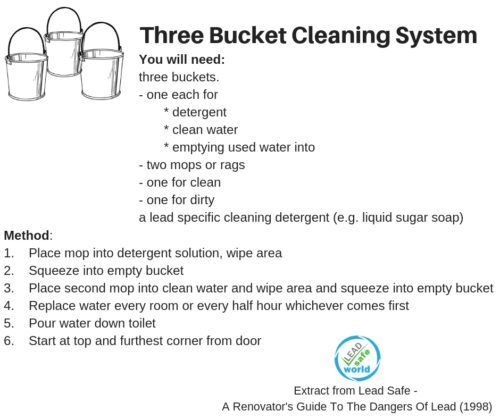Lead Dust and Heavy Metals


Home is our safety haven, our sacred space, our island in the midst of the world.
For many of us, the world can be a bit full-on. The onslaught of fragrances, noise, wi-fi, people, lights… it can be overwhelming at times.
Also, most of these things are out of our control.
The best thing to do is to have a healing, safe, and nourishing home to come back to.
By assessing your home with great care, and attention to detail, we can shortcut the agonising searching for information and hazards.
Whether it be:
By assessing your home, I can determine the hazards, the potential problems AND provide you with solutions.
Many of my clients experience not only peace of mind, but improved health after implementing the recommendations.
They know that they have made their home safe for their families.
Lead tends to be all around us – thanks to the lack of knowledge and understanding about its health effects.
Firstly, if you can avoid it – do so.
If you are looking to buy or rent a home that is near industry, please reconsider.
Make sure you test for the presence of lead in paints before any renovations or repainting. (If you missed this step, test it right away.)
Lead test kits are available from paint and hardware stores.
If you are doing any of these activities, then make sure you are wearing a disposable tyvek suit, gloves and a P1 respirator. Also be sure to keep pregnant women, young children and pets out of the way – lead poisoning can be deadly.
There are some more tips in the video below.
All three spend a lot of time on the ground, so make sure the following become part of your daily routine.
Here is the 3-Bucket System recommended by The LEAD Group.

I personally don’t like Step 5. Instead, I suggest finding another safe way to dispose of the water – ask your local council.
An alternative would be to clean with Bamboo Microfibre Cloths and dispose of them.
#lead #LEADGroup #ecohealthsolutions
Book a Hidden Hazards Hotline Call
with Lucinda to discuss your concerns. >>